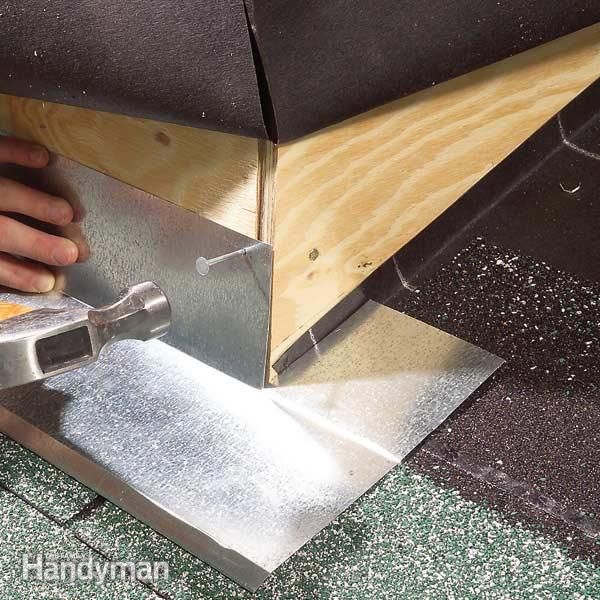Water Leaking From Roof Nails

Add a bead of caulk or roof cement to the top and bottom edge of the flashing to keep it in place.
Water leaking from roof nails. If shingles get lifted or torn from high winds the damaged shingle exposes nails holding the shingle below it. Slow roof leaks sometimes show up in the strangest places too like water leaking from wall outlets or light fixtures. The red food coloring will be easy to see from inside the. Sometimes water leaks behind walls and leaches straight into your hardwood floors or floor underlayment and causes damage there as well.
Some roof leaks are tough to locate. Holes in shingles will lead to water damage inside your home. Add red food coloring to the water and pour it over suspected leaking areas. Roof nail leaks can happen when roof nails have been loosened slightly from high winds or have simply pulled out over time.
Patch the nail or screw holes by slipping a piece of roof flashing underneath the shingle. Water leaking behind your gutters. These nails will eventually rust. Water or frost can easily effect this nail and eventually cause a leak.
And just one rusted out nail can cause your roof to leak every time it rains. In fact shingle nail pops are one of the most common causes of roof leaks. A nail pushing through shingles means a broken shingle and the more nail pops the greater the chances of a leaking roof. Have you noticed nails popping through your shingles.
Alternatively climb onto the roof with a bucket of water. Sometimes the water shows up at a ceiling spot distant from the leak. If your ceiling has a plastic vapor barrier between the drywall and the attic insulation push the insulation aside and look for flow stains on the plastic. Corrugated metal roofs are vulnerable to excessive moisture and damage from strong winds.
The individual panels are attached to wood or metal trusses with steel nails or screws that can rust and. If so it s important to get them fixed as soon as possible. Small nail holes left behind from old vents satellite dish brackets or anything previously attached to the roof can allow water to enter and cause damage for years before leaking is noticed. During a hard rain you might also see.














































